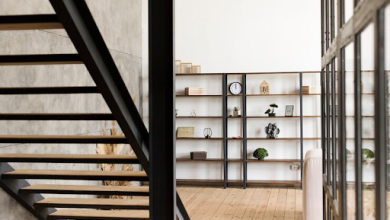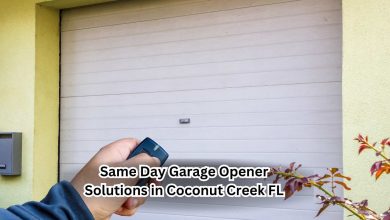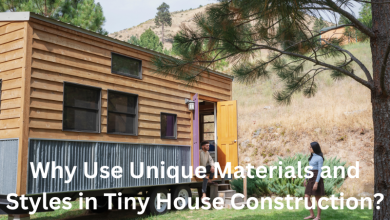A Detailed Guide for The Solar Passive Architecture

Solar passive architecture, also known as passive solar design, is a design approach that maximises the use of solar energy to heat, cool, and light buildings without relying on mechanical or electrical systems. Solar passive architecture seeks to create buildings that are energy-efficient, comfortable, and environmentally responsible. Here is a detailed guide to solar passive architecture:
Building Orientation:
- Building orientation is a critical component of solar passive architecture, as it involves positioning the building to take advantage of natural light and heat from the sun.
- Solar passive architecture seeks to orient buildings to face south in the Northern Hemisphere and north in the Southern Hemisphere to maximise exposure to the sun.
Passive Solar Heating:
- Passive solar heating is a key feature of solar passive architecture, as it involves the use of building design and materials to capture and store solar heat.
- Passive solar heating strategies include the use of south-facing windows, thermal mass materials such as concrete or stone, and the use of insulation to retain heat.You can visit My Architecture’s Idea for more info.
Passive Solar Cooling:
- Passive solar cooling is another important feature of solar passive architecture, as it involves the use of building design and materials to naturally cool the building without relying on mechanical or electrical systems.
- Passive solar cooling strategies include the use of shading devices such as roof overhangs and awnings, the use of natural ventilation to promote air flow, and the use of reflective materials to reduce heat gain.
Daylighting:
- Daylighting is a critical component of solar passive architecture, as it involves the use of natural light to illuminate interior spaces.
- Solar passive architecture seeks to maximise daylighting through the use of large south-facing windows, clerestory windows, and skylights.To write about Architecture and more you can visit and write for us architecture with good quality articles.
Energy Efficiency:
- Energy efficiency is a key focus of solar passive architecture, as it involves the use of energy-efficient materials and systems to reduce energy consumption and promote sustainability.
- Energy-efficient strategies include the use of insulation, high-performance windows, and the use of efficient lighting and HVAC systems.
Final Words
Overall, solar passive architecture seeks to create buildings that maximise the use of solar energy to heat, cool, and light buildings without relying on mechanical or electrical systems. By incorporating building orientation, passive solar heating and cooling, daylighting, and energy-efficient strategies, solar passive architecture can create buildings that are energy-efficient, comfortable, and environmentally responsible.



